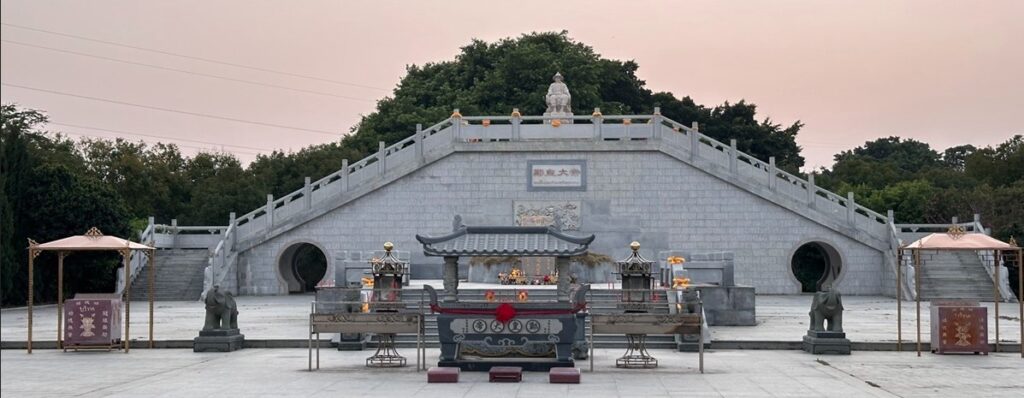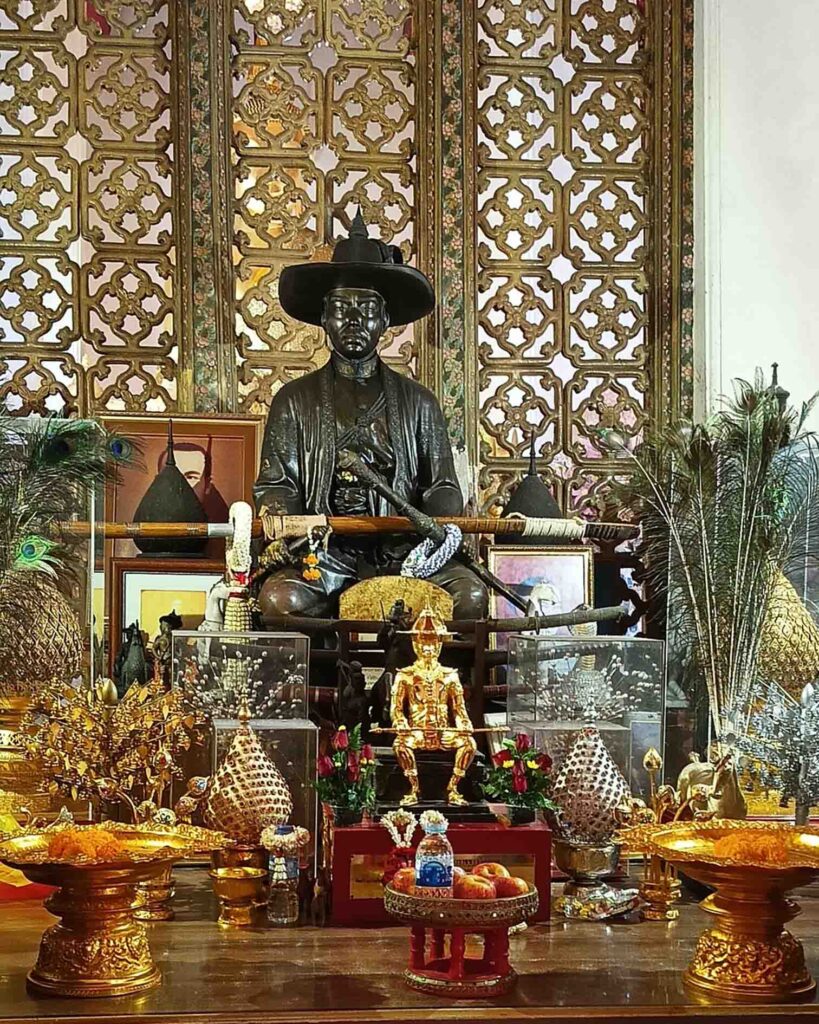King Taksin Day
In 2010, the Thai Cabinet designated December 28th as “King Taksin Day,” commemorating the day he ascended the throne as the King of Thonburi. This recognition celebrates his title, “King Taksin the Great,” and honors his legacy as a national hero who restored Thailand’s independence.
An occasion of such significance wouldn’t pass without Nai Mu, Ticy City’s spiritual guru and storyteller, offering his unique perspective. Rather than recounting the well-documented history, Nai Mu shares intriguing insights and spiritual landmarks where admirers can honor this legendary ruler.
As the only monarch of Thonburi, King Taksin is revered not just in Thailand but also in China. His legacy is preserved in a tomb that houses two ceremonial outfits—one Thai and one Chinese—along with his royal hat. Situated in Chenghai District, Shantou, Guangdong Province, the tomb stands as a protected cultural and historical landmark. Back in Thailand, temples across the nation display statues and portraits of King Taksin, keeping his memory alive.



“Chenghai Zhengwang Tomb” in China
Born with the Chinese surname “Tae,” King Taksin is affectionately known as “Tae Ong” in Chinese communities. The “Chenghai Zhengwang Tomb,” meaning “Tomb of Tae Ong in Chenghai,” is located in Chenghai District, Shantou. According to Princess Maha Chakri Sirindhorn’s writings in Return to Great China, the tomb was created in 1784, two years after King Taksin’s passing. It enshrines royal garments brought by Chinese courtiers from Thailand. Initially modest, the tomb was expanded in 1985 through the contributions of Thai-Chinese benefactors, enhancing it to reflect King Taksin’s royal stature.

Temples and Monuments in Thailand
Monuments
At Wongwian Yai, the iconic King Taksin Monument stands 9 meters tall, depicting the king on horseback, sword in hand. Designed by Professor Silpa Bhirasri, the monument was inaugurated in April 1954. Each year, December 28th sees nearby streets closed for commemorative ceremonies honoring King Taksin.


Wat Intharam Worawihan
Once known as Wat Bang Yi Ruea Nok, this Ayutthaya-era temple was renamed by King Rama III. It features twin stupas: one holds King Taksin’s ashes, while the other contains the remains of Queen Krok Hor Klang, his consort. The temple is adorned with statues of King Taksin, including one depicting him in royal deliberation and another on horseback. Devotees visit daily to seek blessings, and Nai Mu is no exception.


The Ghostly Legend of Wat Hong Rattanaram
Wat Hong Rattanaram Worawihan, restored under King Taksin’s reign, is steeped in legend. After his execution at Wichai Prasit Fort, his spirit was said to appear headless at this temple. Startled soldiers carrying his blood-stained relics reportedly dropped them upon witnessing his apparition. Today, a statue formed from soil mixed with his blood stands beneath a sacred tree, marking the site as profoundly spiritual.

Temple Rituals at Wat Arun
Wat Arun, also known as the Temple of Dawn, dates back to the Ayutthaya period and was pivotal during King Taksin’s reign. Upon arriving at dawn during a historic campaign, he renamed the temple to reflect the timing of his arrival. Once the home of the Emerald Buddha, the temple now features a chapel dedicated to King Taksin, where devotees participate in a unique ritual of passing beneath the altar to cleanse misfortune and invite spiritual strength.
Nai Mu closes his narrative with a timeless verse from Kritsana Sorn Nong by Somdet Phra Maha Samana Chao Krom Phra Paramanuchit Chinoros:
“The oxen and elephants must fall, their ivory and tusks remain.
Humans perish, leaving their deeds—good or evil—as their only legacy in this world.”
Story: Nai Mu

















Leave feedback about this